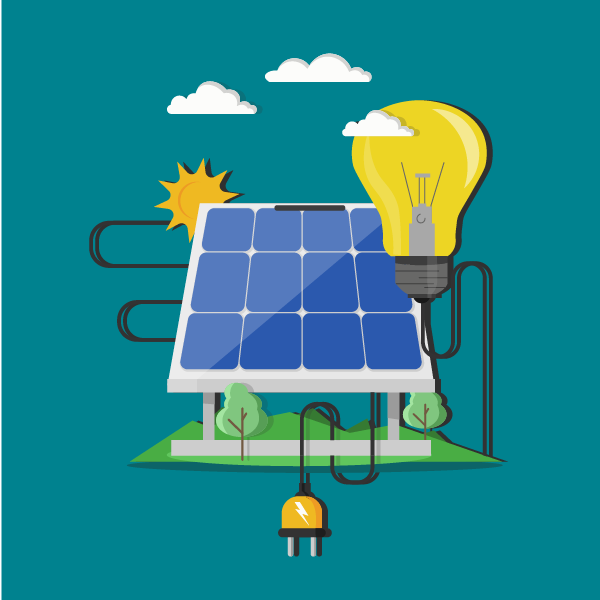
If you are interested in getting solar power, there are many different ways to go about it. You can have your own solar system installed in your home and then use that power directly, or you can have your system hooked into the grid and have your electricity supplied to you from the electricity company. Regardless of which type of power you want to have, there are some tips to consider before you do.
Home solar systems are “grid-tied”
Grid-tied home solar systems are the most common type of solar power system in use today. They can be an effective way to save on energy costs, especially if you are in a state that has net energy metering.
For the most part, grid-tied systems are the best choice. This is because they have the most cost-effective and functional design. Plus, you get the benefit of being able to feed electricity back into the grid when you are not producing enough.
In contrast, off-grid systems require a lot of work and investment. Your home may need a new electrical service and you may have to build a large battery bank.
It is possible to have a home solar system that is totally independent of the utility company. You can still purchase the power you need when you need it. However, you will have to do some re-routing to make your home fit the needs of your new power-generating setup.
Concentrated solar power (CSP)
Concentrated solar power (CSP) is an advanced technology that uses the energy of the sun for electricity production. CSP is a sustainable and clean energy solution that is more cost effective than traditional fossil fuel-based plants. Its benefits include reducing carbon dioxide emissions, providing a continuous source of renewable energy, and improving air quality.
The technology is gaining traction in utility-scale solar projects. In fact, Spain was the first country to have a commercial utility-scale solar tower in operation, and its Planta Solar 10 was the largest in the world. Since then, the United States and China have added capacity.
CSP can be used for a variety of applications, including cooling and space heating. Depending on the type of system, the heat energy generated by the sun can be stored to produce electricity.
Photovoltaic (PV) cell technology
During the past decade, photovoltaic (PV) cell technology has made remarkable advances. It is expected to become a utility option in the near future. The conversion efficiencies of various PV materials are being improved all the time.
PV cells can be made from two different types of materials: silicon and organic. Silicon is the most common material used in commercial solar cells. In fact, 95% of solar modules sold today are made from silicon.
Other common commercial materials include copper indium gallium diselenide (CIGS) and cadmium telluride. Both are close to the efficiency of silicon.
Organic materials can be a good choice for certain applications, but they are less efficient. Aside from their lower conversion efficiency, they also have shorter service life.
Solar thermal systems
Solar thermal systems use the sun’s energy to provide heating and hot water. These systems work by collecting heat from the sun and transferring it to a storage cylinder. A solar thermal system can be installed on a roof or in a hot tub. They are relatively inexpensive to operate and require minimal maintenance.
The two basic types of solar thermal systems are linear and parabolic. Linear systems collect the sun’s energy by concentrating the rays through long, rectangular mirrors. Linear systems can also be used for powering distributed applications.
Parabolic troughs concentrate the rays of the sun by 30 to 100 times the normal intensity. These systems are used in solar power towers and hybrid fossil fuel/solar power plants.
Incentives and rebates
A solar panel system is an investment, but you can lower your costs by taking advantage of incentives and rebates offered by the federal government and your local utility. You may also qualify for state tax credits or subsidized loans to help cover the cost of your installation.
Incentives and rebates vary by state, so it pays to look for those that are most relevant to your particular situation. If you live in New York, you can take advantage of the Green Jobs Green NY program, which provides tax credit for the purchase of solar equipment. The state offers a variety of other programs that provide tax benefits and training for green workers.
Performance-based incentive programs are a great way to reduce the upfront cost of a solar energy system. These incentives work by paying per kilowatt-hour (kWh) of electricity produced.






